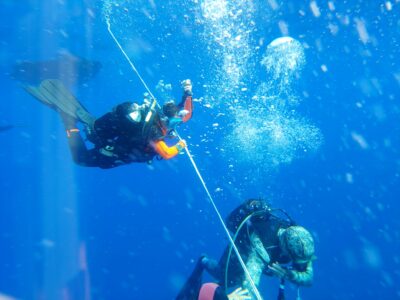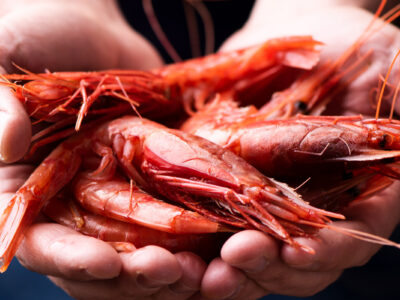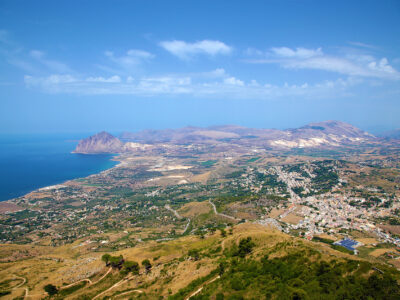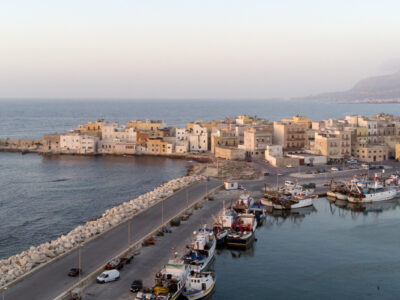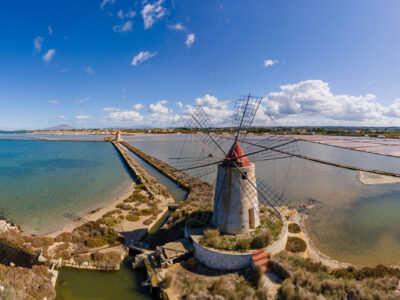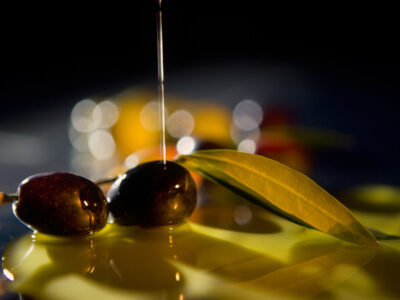The history of of Trapani’s coral manufacture has remote origins and already in the 12th century the Arab traveller Idrisi noted its fine quality. In the 14th century, the discovery of a coral “mine” in the sea of Trapani (1416-1418) and one near San Vito Lo Capo (1439) attracted some Jewish families from the Maghreb who greatly contributed to the industry, from the cleaning of coral to the making of small beads and other different shapes, like olivette (olives), bugne (bosses) or virgolette (commas).
The discovery of other cays between 1530 and 1535, in Tabarka, Tunisia boosted the production of coral objects and even more so their commercialization within the Italian marketplace.
Workers from three trades revolved around coral: fishermen/coral hunters (corallai), coral masters (corallari) and sculptors.
The first group were limited to fishing for the red material and selling it to the coral masters. They in turn cleaned it by removing the orange patina (coenosarc) with iron scrapers and grinding stones, then they cut it with pliers and worked it with files and grinders until it was reduced into small pieces or beads that were pierced with a fusellino (a small drill), then to be used for the making of necklaces, bracelets and rosaries.
The sculptor’s task was to work the larger branches, creating with a graver and chisel small sculptures and cameos of great artistic value; they were however obliged to limit their own creativity to the branch and to work “in piccolo” (“on a small scale”).
The oldest technique for applying pods, virgolette, dots and tabs of coral onto previously drilled copper, is that of ‘reverse- embedding’. It worked by fixing small pieces of coral with a special glue made of pitch, wax and cloth, and then covering it (always on the reverse side) with another copper plate, often adorned with engravings and impressions. The surfaces of the objects were entirely filled with coral, repeating an ancient Arab-Islamic custom of decorating “rug” style, a sort of horror-vacui art, well suited to the taste of the time.
At the end of the 17th century the Trapani coral masters changed the copper application, replacing reverse-embedding with threading by means of wire and small pins.
By the end of the 18th century, as coral reefs were slowly disappearing, the art of Trapani’s coral manufacture started to decline: sculptors continued to use it by associating it with other materials, until they moved on to definitively using ivory, bone, mother of pearl, alabaster and precious stones, thus renewing the ancient art with other materials and other objects.


